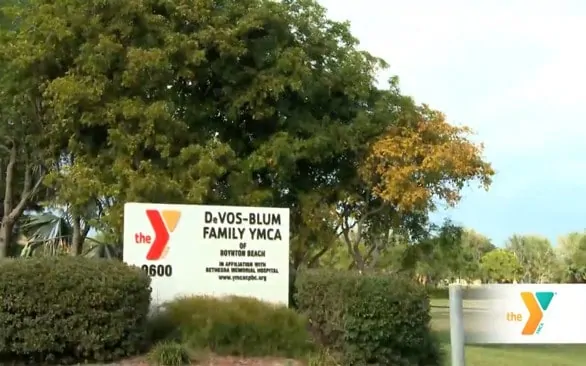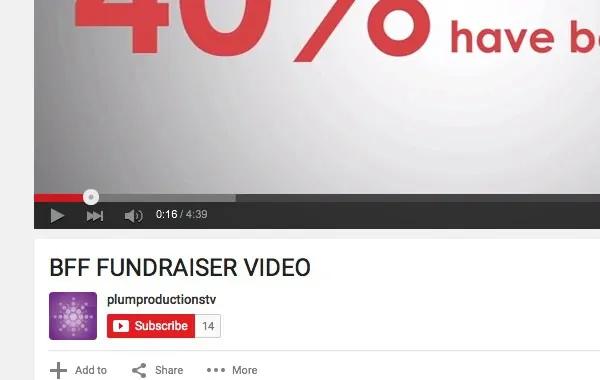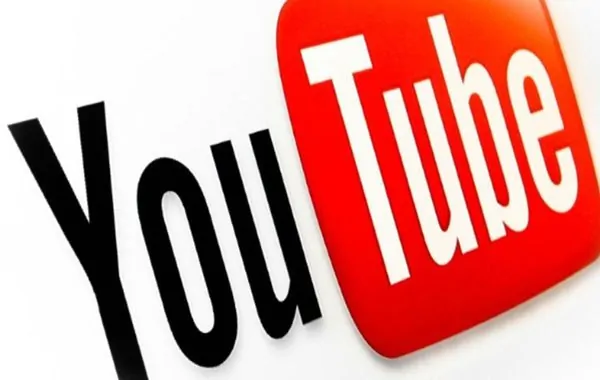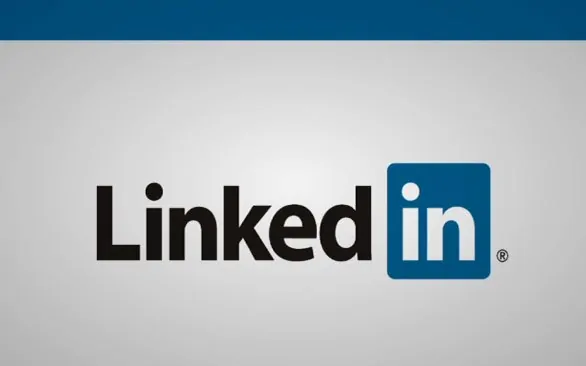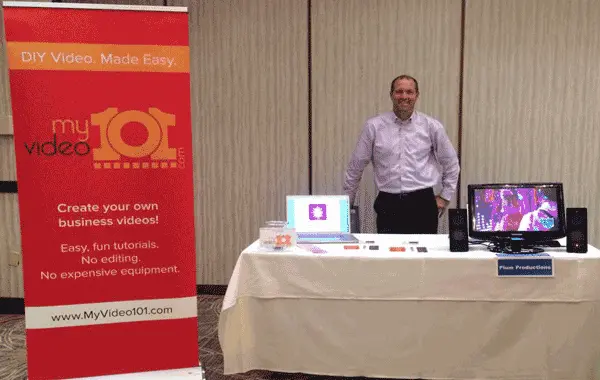Before you hire a video production company, you should know a little bit of information about them. It’s not as obvious as you might think. When it comes to deciding which video production company is the best choice for your idea or project, there are several key questions to keep in mind.
Most likely, there are a thousand questions you might have about video and the company you’re about to hire. We find that these are some of the good questions we’ve received over the past several years…and thought you’d like to know. Even if you don’t hire us, these would be good questions to have in your back pocket. Here they are (hint, number 5 is the most important):
- How long has the company been in the industry? This question has a few meanings. Are you asking about longevity of the company or the people creating the video? How much experience? A good production company should be able to distinguish the two by also asking you a few questions. Sometimes hiring a company with 20 years of experience is important and sometimes this give you outdated ideas and concepts. It’s important you know what you’re looking for in this question. If you were to ask us about experience, you’d know that Jenn has many years of experience working in the video field. She’s worked at television stations and video production companies and started Plum in 2009 when she realized it was the time to do so.
- Are they creative? Tough question because that’s a subjective question. What is creative to you may not be creative at all to us or to someone else. Here’s how you get past that. Find out if they are they able to provide examples of videos that took a dry subject and made it interesting? This is the sign of a strong creative. Ask them to tell you the story about how they created the idea and improved the story.
- What types of videos does the company produce? Start with what you’re looking for. What type of video do you want? Interviews? Testimonials? Tours? Property? The list goes on. Once you know, ask them to show you some examples. When you ask, keep in mind if you’re looking for a custom made video or a similar video to one they’ve already created. There are subtle differences and they should be able to distinguish between the two.
- What are some of the companies they have previously worked with? Again, this begs a few questions. Are you looking to learn about what sectors they can operate in or are you looking for a fresh outside approach to marketing in your sector? If you’re looking for a company that specializes in your sector and wish to have a video that looks like everyone else in your sector, make sure you communicate that up front. If you’re looking for a fresh look that only someone on the outside would be able to create, communicate that up front…and for the same reason. You don’t have time to waste if the video production company doesn’t fit the requirements.
- What are some of the companies they have worked with previously? Same question, different reason for the question. You might be looking at this question and thinking, “No, I want to know what companies they’ve worked with…can they work with us?” Also a good question. If you’re a larger company, concerns come up like, can they be flexible, can they meet our deadlines, can they convert our message to an effective video, do they have the capability to meet our branding guidelines…and a bunch of other concerns. Have those questions ready when you start your interview.
- Bonus Question? How quickly can my video be completed? Often there are specific deadlines that need to be met. Communicating that early is important because if they can’t meet your timeline, you’re wasting your time. Can a video be completed in a week or two months? That depends. It depends on the complexity of the project and a good video production company will be able to communicate with you a realistic and an aggressive timeline that you can work with. They should be able to tell you pretty quickly a general timeline and what is required to hit it. We’ve scripted, shot, and edited videos in a variety of timelines, including 6 days to 5 months, but each had requirements of the client and Plum to hit those deadlines. We find this to be the most important question one can ask when interviewing a video production company.
Need help picking a video production company? Call us. We can help. You might think we’ll just tell you to use us, but we won’t. If we’re not a good fit, that’s good to know…you’ll have just ruled out another company…we can certainly point you in the right direction.
Related Articles:
3 Reasons to Hire a Video Production Company Instead of Doing It Yourself




